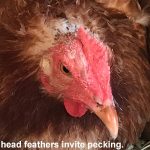
Cannibalism appears in several forms. But they all start in the same basic way. One bird is attracted to peck another. That, in turn, attracts others to join in. Many different conditions can cause cannibalism in chickens. Cannibalism Triggers The following conditions, alone or in combination, may trigger cannibalism: Chicks raised in a brooder, rather […]
Continue Reading
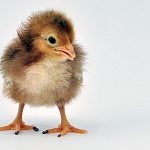
Cannibalism is the disagreeable habit chickens have of pecking one another until they draw blood. And then pecking some more. Chickens may engage in any one of six forms of cannibalism, varying by age and gender. Toe Picking — Chicks Toe picking is a common problem among chicks. It can occur in a brooder where […]
Continue Reading
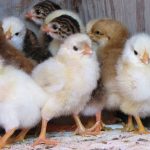
Coccidiosis is the most common disease of brooded poultry. It affects primarily chicks and poults (baby turkeys). But it may also (though rarely) affect keets (baby guinea fowl), ducklings, and goslings. It is the most common cause of death in young poultry. What Is Coccidiosis? Coccidiosis is an intestinal disease caused by protozoa. It most […]
Continue Reading
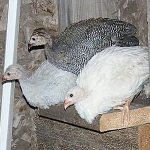
If you raise guinea fowl that you plan to free range, start with keets rather than full-grown birds. Keets become acquainted with their home ground as they broaden their foraging range. Adult guineas, on the other hand, are notorious for flying the coop the first chance they get. By raising guinea fowl from keets you […]
Continue Reading
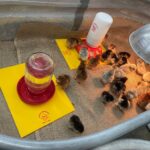
FREE SHIPPING on all supply order totals exceeding $25.00.
Item #BE03
Continue Reading
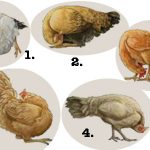
Wry neck is a neurological condition in which a chicken’s head turns to one side or to some other abnormal position. Also called crookneck, the technical word is torticollis, from the Latin words torquere, meaning “to twist,” and collum, meaning “neck.” Wry neck in chickens takes on different forms, including these (illustrated) five: Head tilted […]
Continue Reading
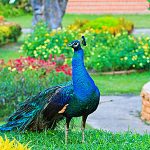
Once you have weighed the pros and cons of keeping peafowl, and have decided the pros outweigh the cons, you are ready to embark on your peafowl-raising venture. To help you get started, here are six tips for raising peafowl. Brooding Peachicks House peachicks in a brooder until they grow enough to stay warm on […]
Continue Reading
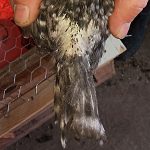
A chick’s baby feathers are delicate and vulnerable while the bird grows a complete set of adult plumage. Until then, unsightly feather loss in baby chicks may be caused by rubbing or picking. Sequential Molting When a chick reaches the age of three and four weeks, its body feathers grow and fill out. By the […]
Continue Reading
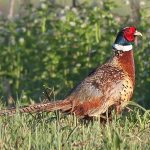
Ringneck pheasants are traditionally raised to be released as game birds. But people have plenty of other reasons for raising ringneck pheasants. They are also raised for their excellent meat, tasty eggs, gorgeous feathers, or simply for their awesome beauty. Game Bird The ringneck pheasant is a native game bird in China. Since the late […]
Continue Reading
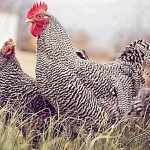
The pecking order governs the social organization of a flock of chickens, thereby reducing tension and stress in an established flock. Starting in the brooder, chicks spar almost from the day they hatch. By the time they are about six weeks old, each has established its place in the pecking order. In general, roosters are […]
Continue Reading










